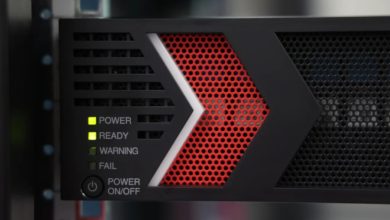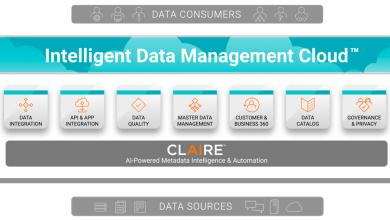Trinity of Storage Solutions: NAS, SAN, and Object Storage

Every day, we collect and receive huge amounts of data. To efficiently manage and store this data, IT professionals rely on three well-known storage solutions: Network-Attached Storage (NAS), Storage Area Network (SAN) and Object Storage.
Network-Attached Storage (NAS)
NAS is a dedicated file-level storage solution that enables multiple users and devices to access and retrieve data from a centralised pool. Users access NAS using a standard Ethernet connection over a Local Area Network (LAN). Common use cases for NAS include user home directories, file sharing, and application data. Some NAS solutions even support iSCSI for block-level access.
NAS is known for its ease of use and affordability, making it a great choice for small and medium-sized businesses, remote offices, and even home users. It’s easy to set up and manage, and delivers efficient file-level data storage. Additionally, NAS offers versatility by supporting multiple protocols like Network File System (NFS) and Server Message Block (SMB).
However, NAS performance can be limited by the LAN bandwidth, making it less suitable for high-performance environments with heavy workloads.
Storage Area Network (SAN)
SAN is a high-speed block-level storage solution ideal for mission-critical applications and large enterprises. SAN connects to a dedicated high-speed network that interconnects shared pools of storage devices. Each server can access this shared storage as if it were directly attached, providing low latency and high-speed data access. The shared storage pool can be treated as a single resource that can be centrally replicated and protected.
SAN is typically architected with three distinct layers:
- Host layer: The servers that connect to the SAN.
- Fabric layer: The cabling and network devices that interconnect the SAN components. Common SAN protocols include Fibre Channel and iSCSI. Additionally, SAN zoning can be used to restrict access to specific storage resources.
- Storage layer: The physical storage devices are organised into pools or tiers.
SAN’s primary benefit is its performance. By operating on the block level, SAN delivers low latency and high-speed data access, making it suitable for demanding workloads like databases, virtualisation, and data analytics. However, SAN requires specialised hardware and expertise to set up and manage, making it a more expensive solution that typically necessitates a dedicated IT team. For these reasons, SAN is better suited for large organisations with the budget and resources to manage this complexity.
Object Storage
Object storage is a relatively new storage solution designed for scalability and flexibility. It handles large amounts of unstructured data by storing data as discrete units called objects. These objects are then stored in a single repository, independent of any folder hierarchy.
Object storage excels at scaling horizontally to handle petabytes of data by adding more storage nodes as needed. Additionally, object storage can automatically replicate data across multiple devices and locations for disaster recovery purposes. However, object storage offers limited customisation options. Once metadata is created for an object, there’s minimal room for adjustment. Changes typically involve replicating or overwriting the entire object using API commands. Object storage also has lower performance compared to file and block storage due to additional processing overhead, resulting in increased latency.
Choosing the Right Storage Solution
There’s no one-size-fits-all solution. The ideal choice depends on the organisation’s specific needs, size, and priorities.
- NAS: Ideal for small to medium businesses or remote offices that require easy-to-use and manage file-level storage.
- SAN: Ideal for large enterprises with mission-critical applications requiring high performance and low latency.
- Object Storage: Ideal for organisations needing to store massive amounts of unstructured data with a focus on scalability and cost-effectiveness for archiving.
In some cases, organisations can combine NAS and SAN into a tiered storage architecture. Here, frequently accessed data resides on high-performance SAN storage, while less critical data is archived on a more cost-effective NAS solution.
Beyond just size, other factors to consider when choosing a storage solution include regulatory compliance requirements and data access patterns.
Table Comparison
| Feature | NAS | SAN | Object Storage |
| Access Protocol | NFS, SMB | Fibre Channel, iSCSI | RESTful API |
| Scalability | Limited | High | Very High |
| Performance | Moderate | High | Lower |
| Cost | Lower | Higher | Lower (for archival) |
Emerging Storage Trends
The storage landscape is constantly evolving. Here are two emerging trends to watch:
- Hybrid Cloud Storage: Combines on-premises storage with cloud storage to provide a flexible and scalable storage solution.
- NVMe (Non-Volatile Memory Express): Offers ultra-fast storage performance using flash memory and is increasingly being used for high-performance computing applications.




